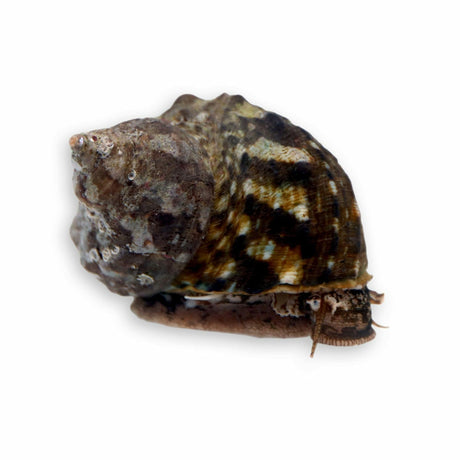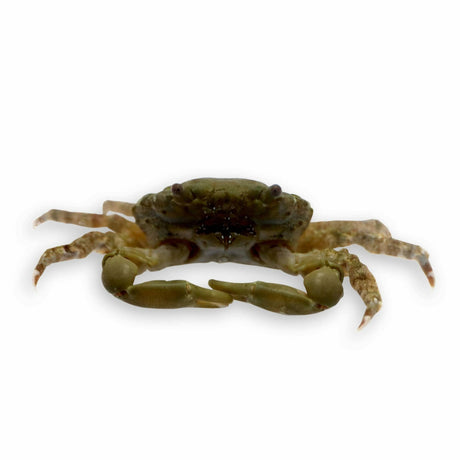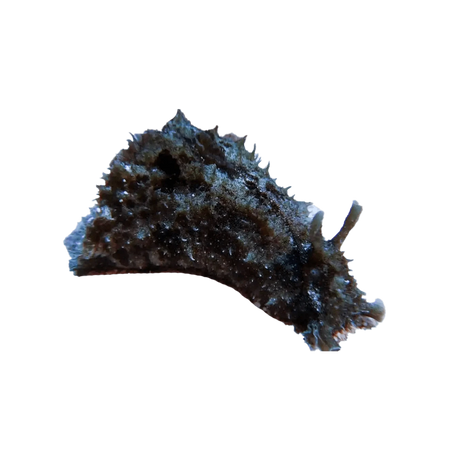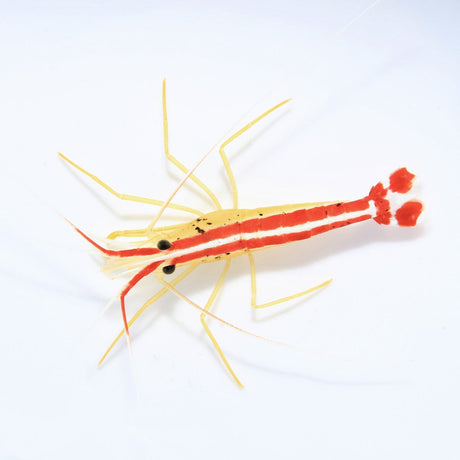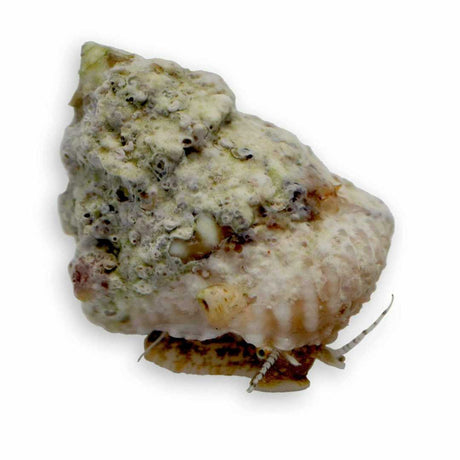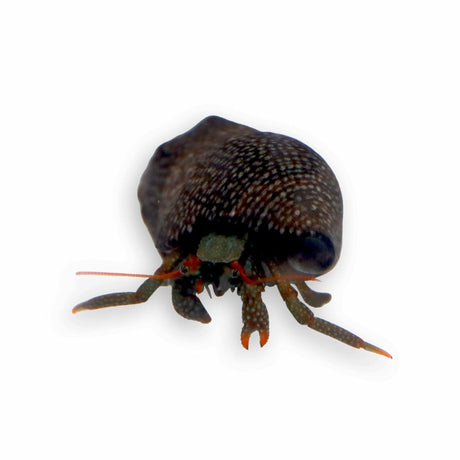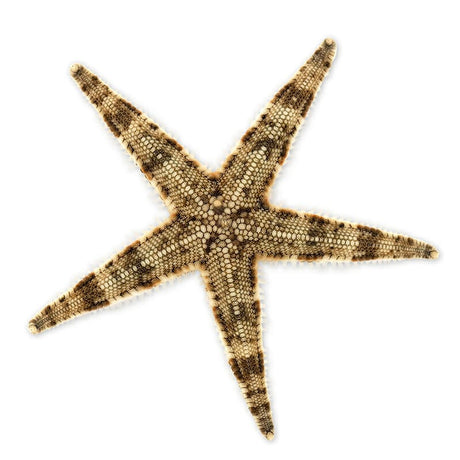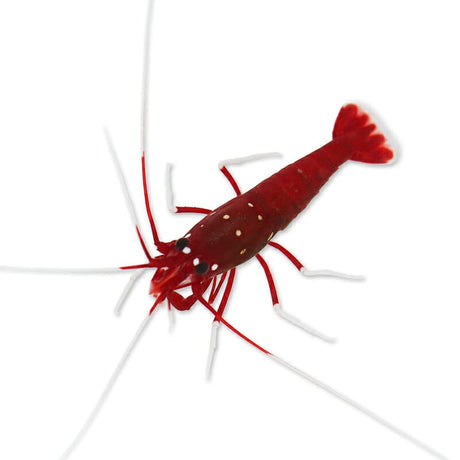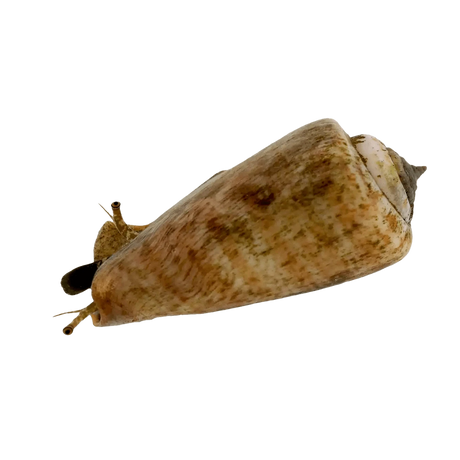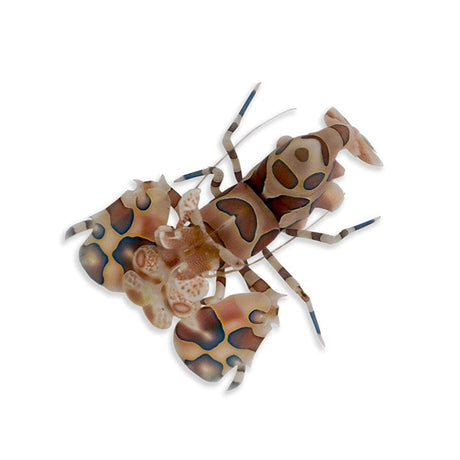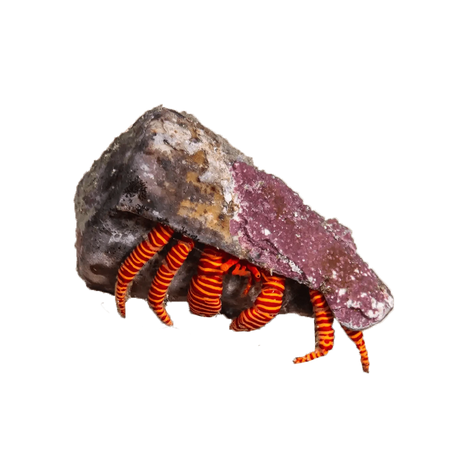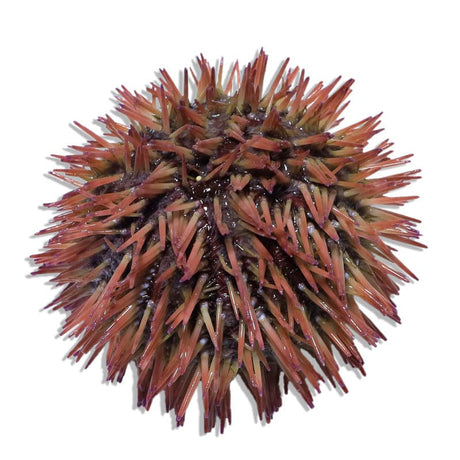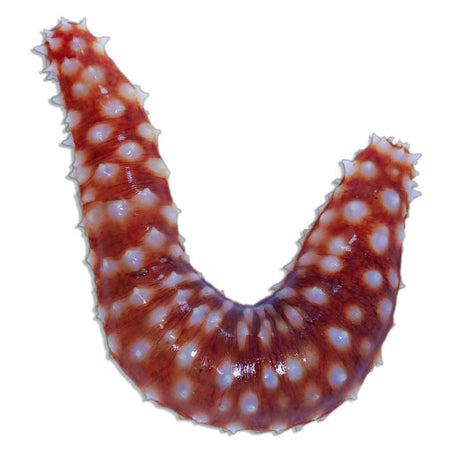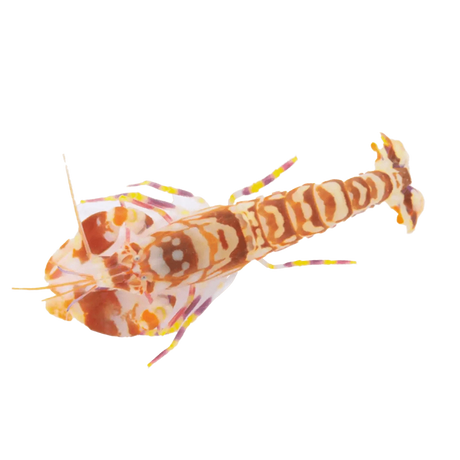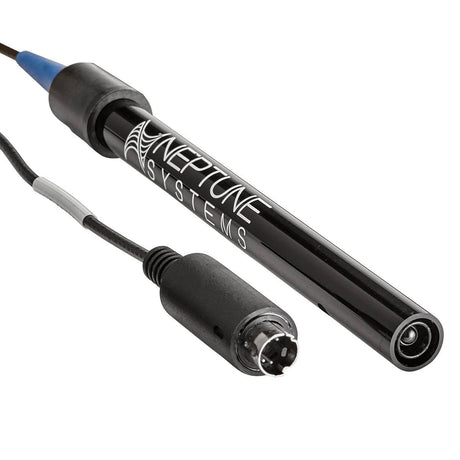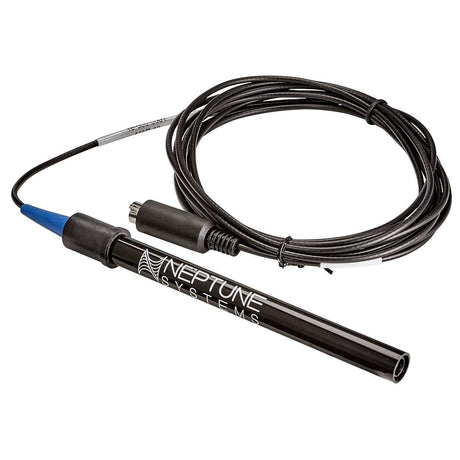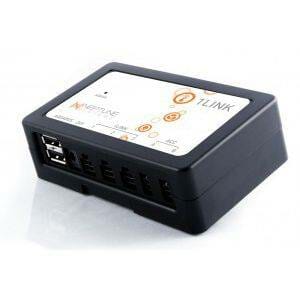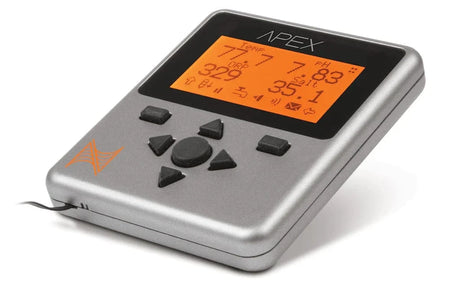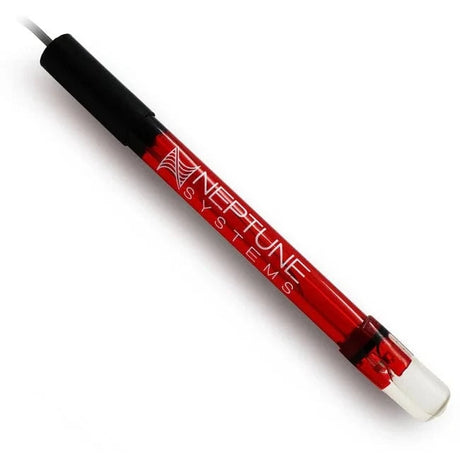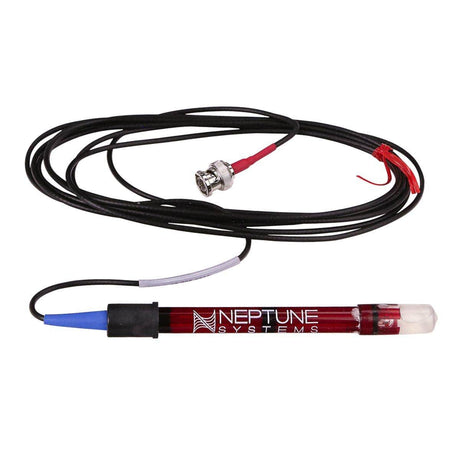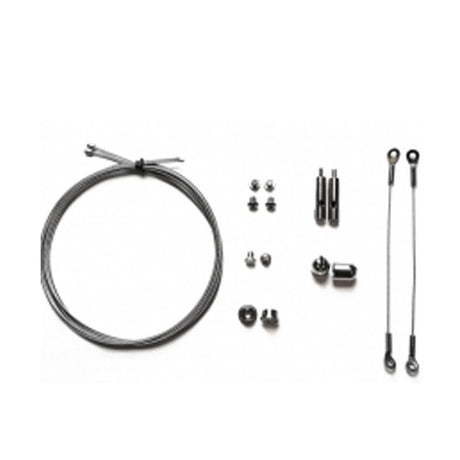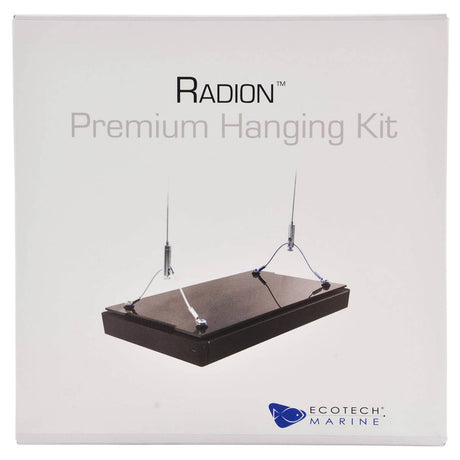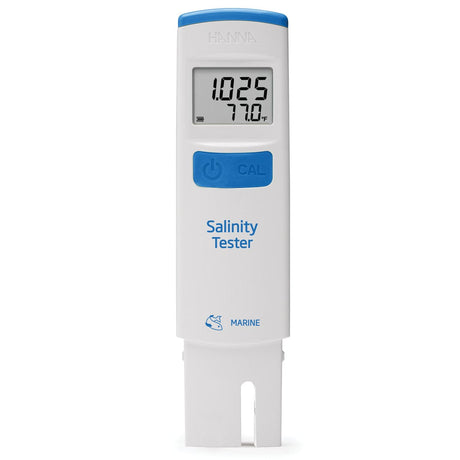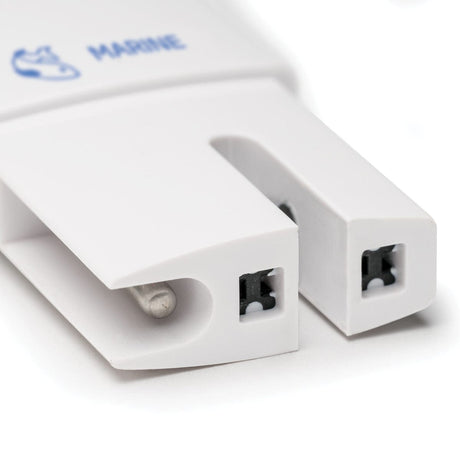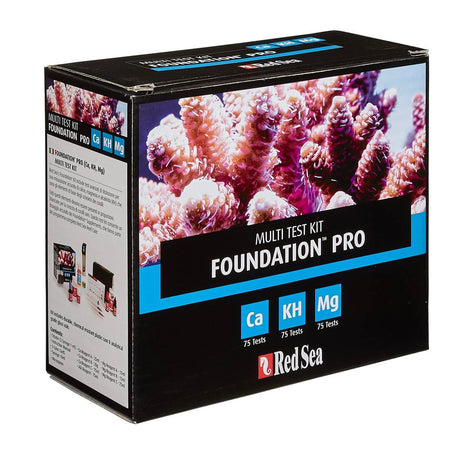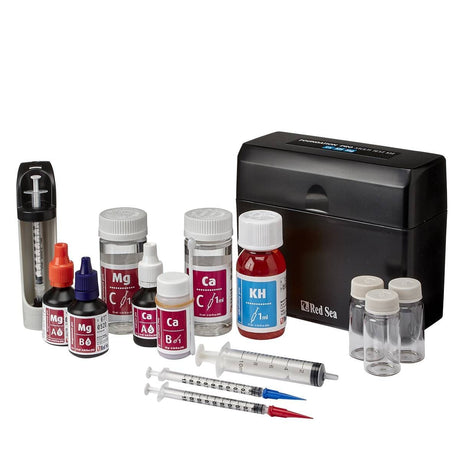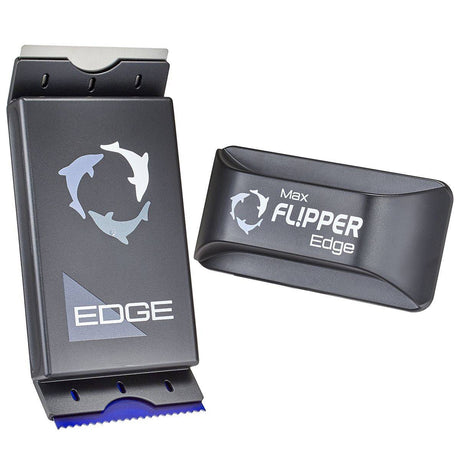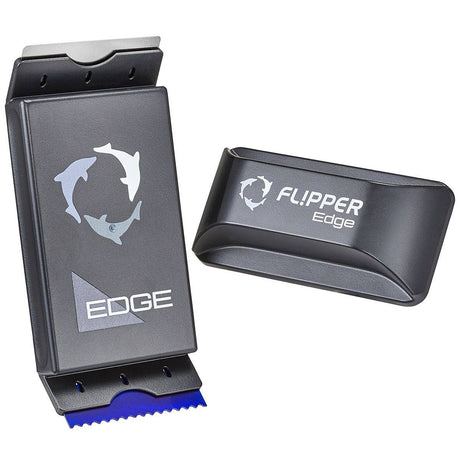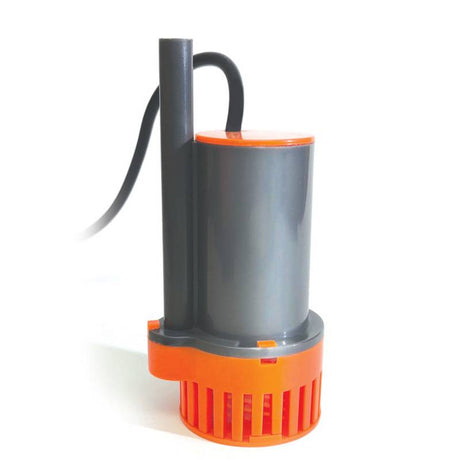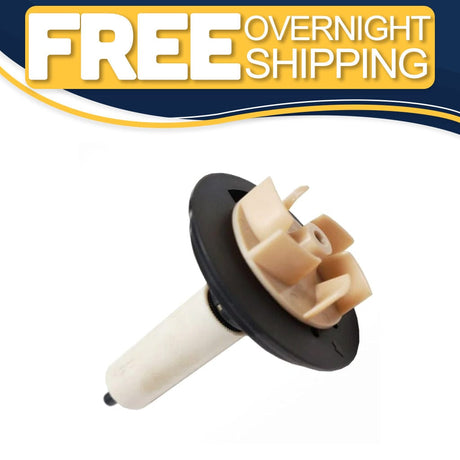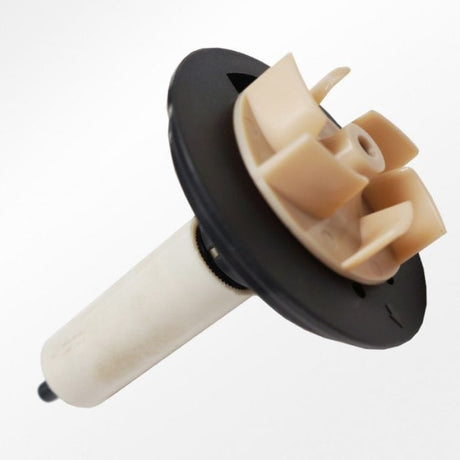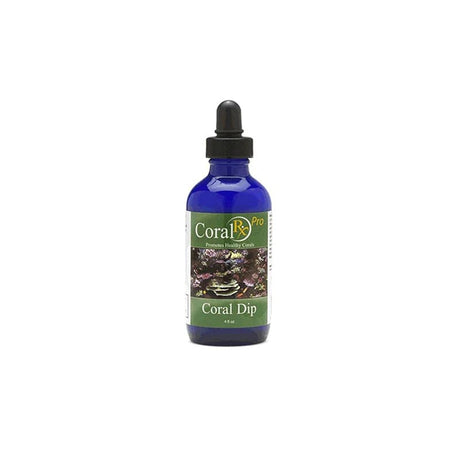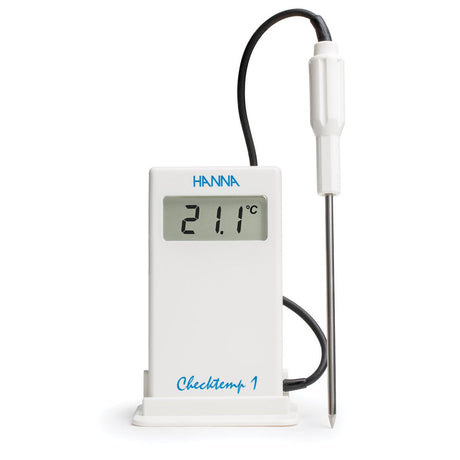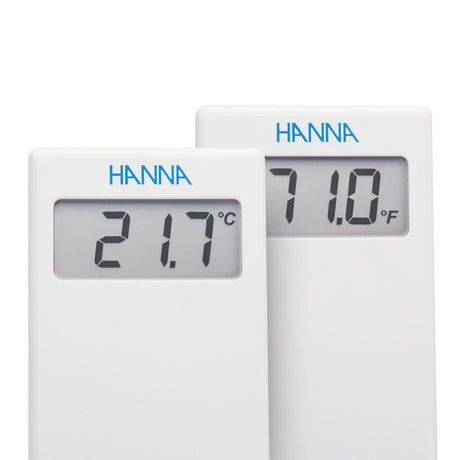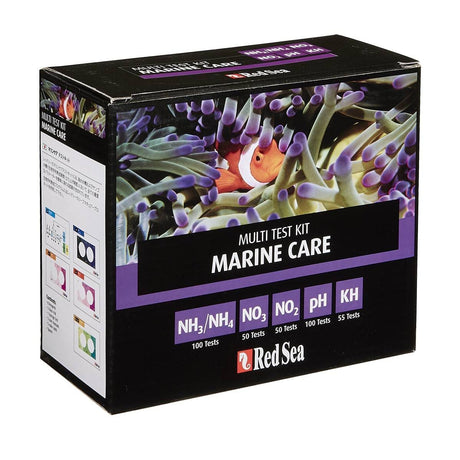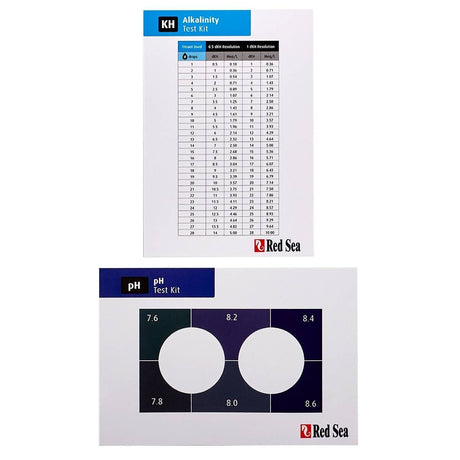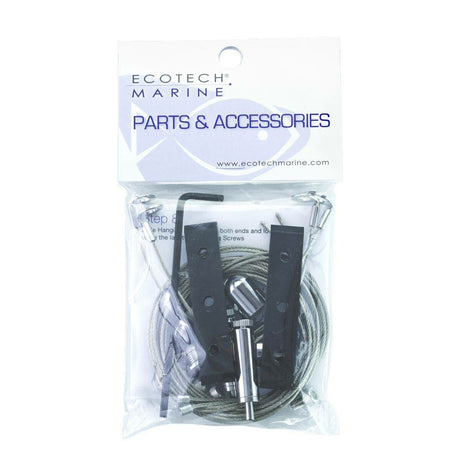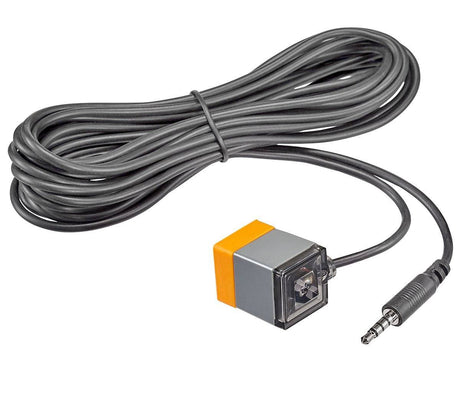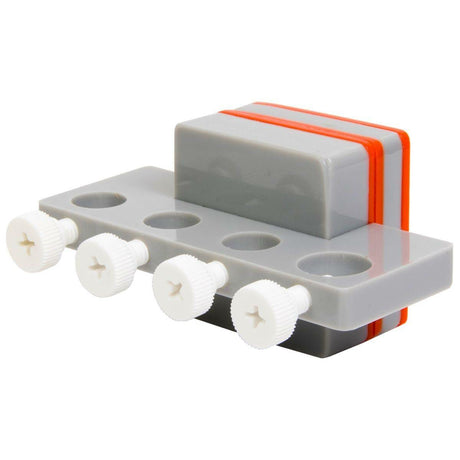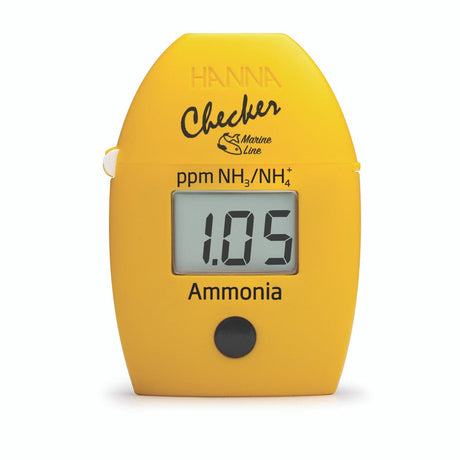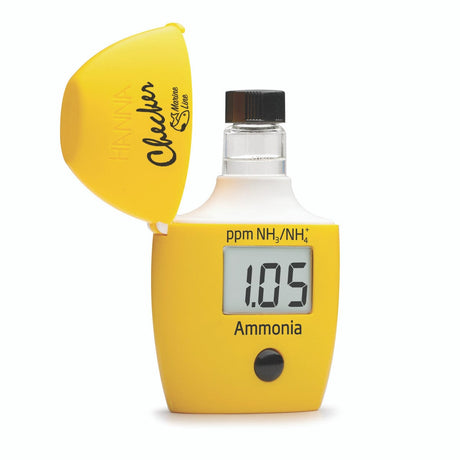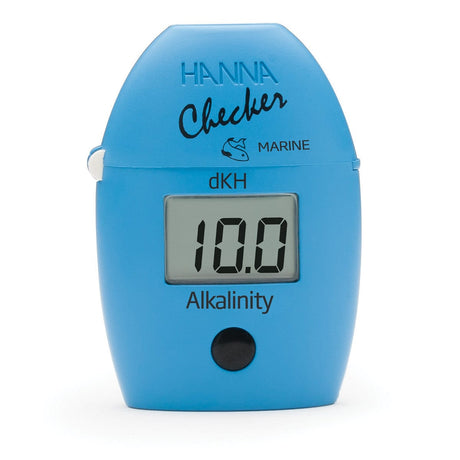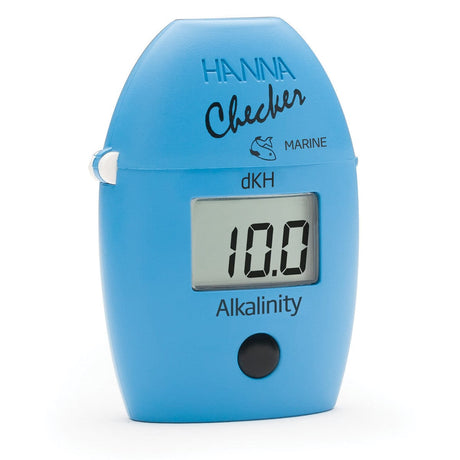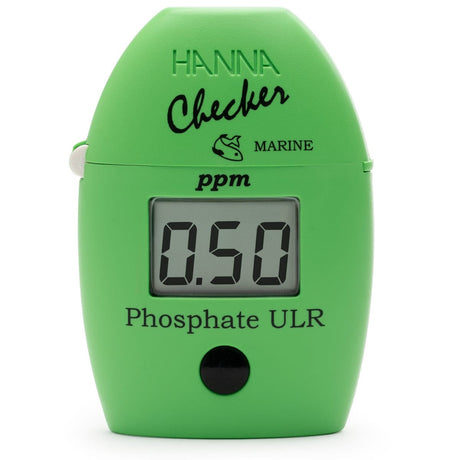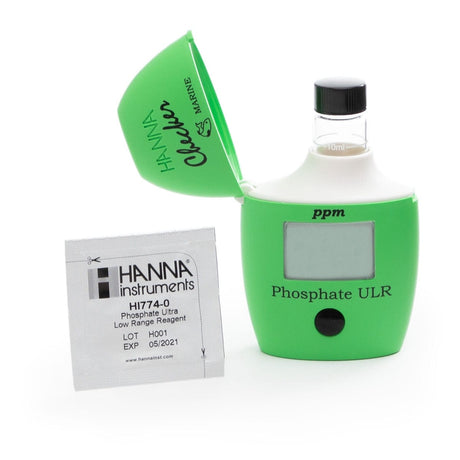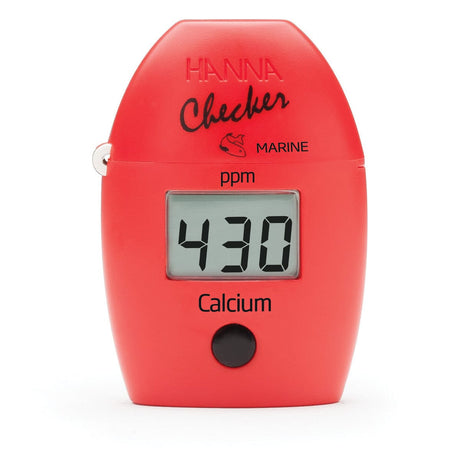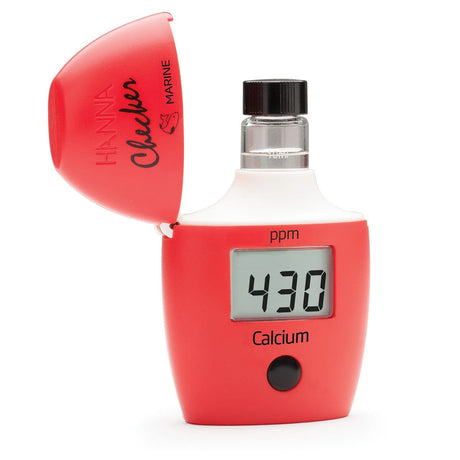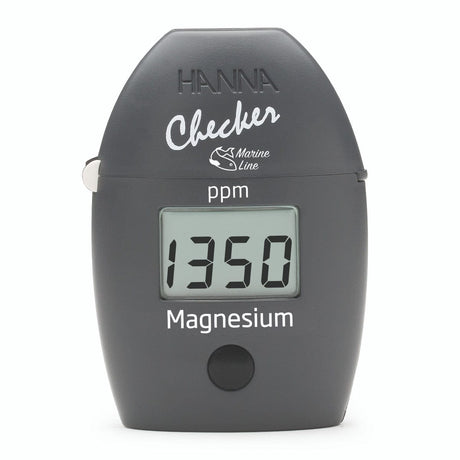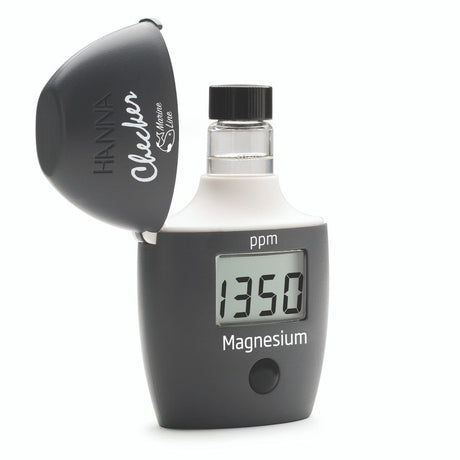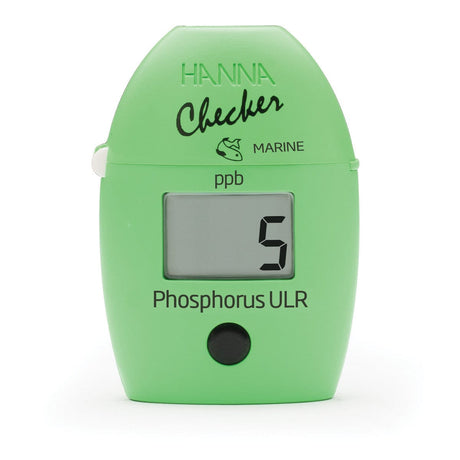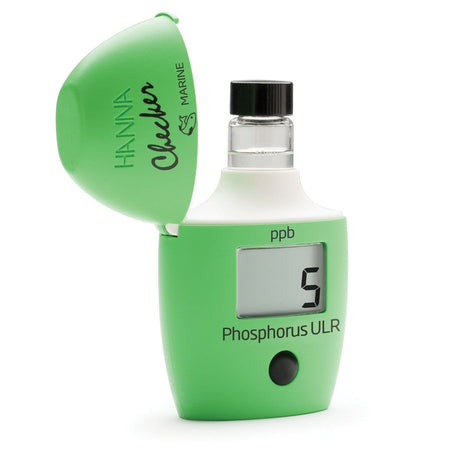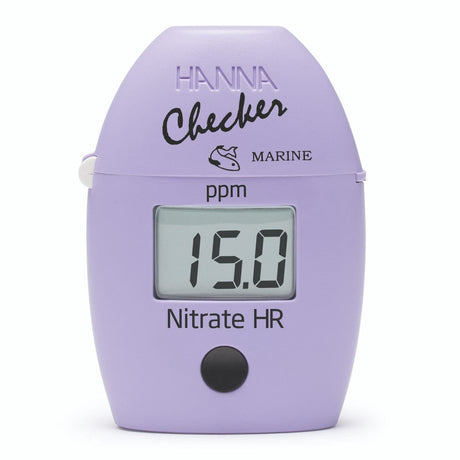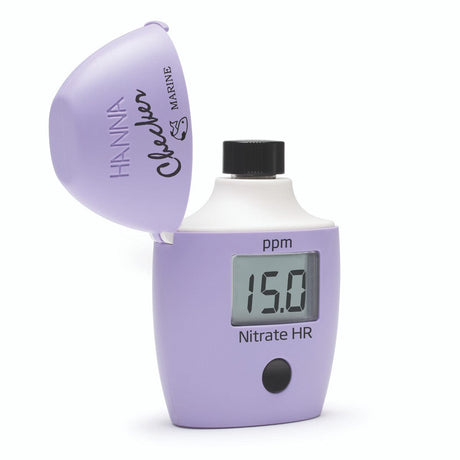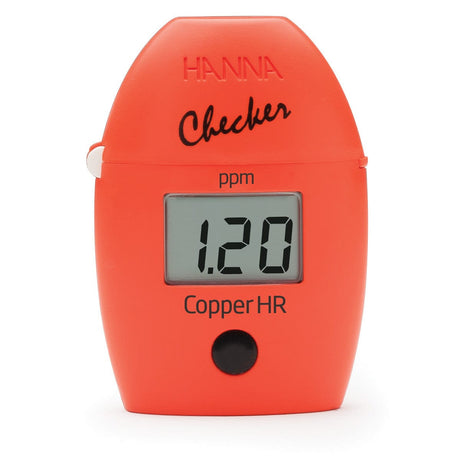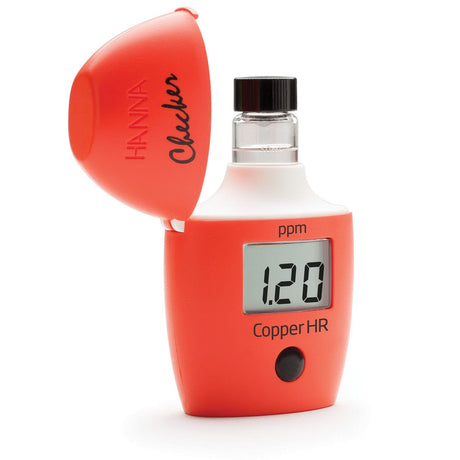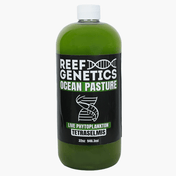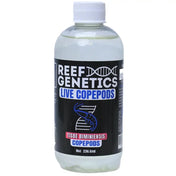Introduction to Australomussa
Australomussa, often referred to as meat corals, are a type of Large Polyp Stony (LPS) coral known for their fleshy, rounded appearance and vibrant colors. These corals exhibit stunning hues such as reds, greens, oranges, and purples, often with unique patterns or gradients that make each specimen visually striking.
As a relatively rare and sought-after species in the reef-keeping hobby, Australomussa are ideal for aquarists looking to add a bold, centerpiece coral to their tank. While they are moderately challenging to care for, they thrive in stable environments with proper lighting and gentle water flow.
Natural Habitat and Origin
Australomussa corals are native to the warm, tropical waters of the Indo-Pacific region, particularly around Australia, Papua New Guinea, and the Great Barrier Reef. They are typically found in shaded or semi-shaded areas of reef slopes and lagoons, where light intensity is lower, and water flow is gentle.
In their natural environment, these corals grow on sandy substrates or rocky outcroppings, forming large, fleshy colonies. Their habitat is often nutrient-rich, which supports their slow yet steady growth and vibrant coloration.
Australomussa play an important role in reef ecosystems, contributing to biodiversity and providing habitats for small reef organisms. Their preference for calm, stable conditions makes them a rewarding addition to well-maintained aquariums.
Water Chemistry
Australomussa corals require stable and consistent water parameters to maintain their health and vibrant colors. As a Large Polyp Stony (LPS) coral, they are sensitive to fluctuations, so careful monitoring is essential.
Ideal Parameters:
- Calcium: 400–450 ppm
- Alkalinity: 8–12 dKH
- Magnesium: 1250–1350 ppm
- Nitrates: 5–15 ppm
- Phosphates: <0.10 ppm
- Temperature: 76–80°F
- Salinity: 1.024–1.026
Australomussa can tolerate slightly elevated nutrient levels compared to some LPS corals, but excessive nutrients or poor water quality can lead to tissue recession or algae growth. Regular water changes and balanced nutrient levels will help ensure a healthy environment.
Lighting
Australomussa corals thrive under low to moderate lighting conditions, similar to their natural habitat in shaded or semi-shaded reef zones. Proper lighting helps them maintain their vibrant colors and fleshy appearance while minimizing the risk of bleaching or stress.
Lighting Tips:
- Provide a PAR range of 50–150 for optimal health and coloration.
- Avoid high-intensity lighting, as it can cause tissue recession or bleaching.
- Blue-spectrum lighting enhances their fluorescent colors and unique patterns, making them stand out in the tank.
At Top Shelf Aquatics, we house Australomussa under controlled lighting systems, such as Ecotech Marine Radions and T5 fixtures, to mimic their natural conditions and support their vibrant appearance.
When introducing them to your aquarium, start by placing them in a lower-light area and gradually acclimate them to brighter conditions if necessary. Observing their response, such as polyp expansion and coloration, will help determine the best placement in your tank.
Water Flow
Australomussa corals prefer low to moderate water flow, which allows their fleshy polyps to expand fully without being disturbed. Proper water movement is essential to keep the coral clean of debris and deliver nutrients while avoiding stress or tissue damage from excessive currents.
Water Flow Tips:
- Position Australomussa in areas with gentle, indirect flow to prevent debris accumulation while avoiding strong currents.
- Avoid high-flow zones, as these can cause the coral’s fleshy tissue to retract or become damaged.
- Use adjustable wave makers or pumps to create random, soft flow patterns that mimic their natural lagoon-like habitats.
At Top Shelf Aquatics, we maintain ideal water movement using systems like Ecotech Marine MP pumps and Sicce wave makers to provide consistent and gentle flow. This helps keep their surface clean and supports healthy polyp expansion.
What We Feed
Australomussa corals rely on their symbiotic zooxanthellae for energy through photosynthesis, but supplemental feeding plays a key role in enhancing their growth, health, and coloration. These corals readily accept small meaty foods, making them versatile feeders in the reef tank.
Recommended Foods:
- Mysis shrimp
- Finely chopped seafood, such as scallops or squid
- Powdered coral foods like Reef Roids or Benepets Coral Food
- Phytoplankton-based options like Tisochrysis
Feeding Tips:
- Target-feed small amounts near the coral’s central mouth using a pipette or turkey baster.
- Feed 1–2 times per week to provide additional nutrients and encourage growth.
- Temporarily pause water flow for 10–15 minutes during feeding to allow the coral time to capture and consume food.
At Top Shelf Aquatics, we include mysis shrimp in our feeding routine for Australomussa, ensuring they receive both particulate and meaty foods to thrive. Regular feedings can help these corals maintain their vibrant colors and fleshy appearance, making them a standout in your aquarium.
Coloration and Tank Maturity
Australomussa corals are known for their bold colors, including shades of red, green, orange, and purple. Stable water conditions and proper lighting play a big role in helping them keep these colors and grow well.
Tips for Maintaining Color:
- Use blue-spectrum lighting to bring out their fluorescent tones and highlight patterns.
- Keep calcium, alkalinity, and magnesium levels stable to support healthy growth.
- Offer occasional feedings with foods like mysis shrimp or powdered coral food to encourage richer colors.
These corals do best in mature tanks where water quality is stable. In newer setups, they might grow more slowly or show duller colors until conditions improve. With consistent care, they’ll develop their vibrant hues and become a striking addition to your reef.
Common Challenges
Australomussa corals require stable care to avoid stress and maintain their health. They can face specific challenges if their needs aren’t consistently met. Addressing these issues promptly is essential to prevent damage or decline.
- Tissue Recession: Caused by poor water quality, unstable parameters, or physical damage. Maintain stable calcium, alkalinity, and magnesium levels, and handle with care during tank maintenance.
- Bleaching: Caused by excessive light exposure or sudden changes in lighting intensity. Place the coral in low to moderate light zones and gradually acclimate them to changes in lighting.
- Flesh Retraction: Caused by stress from strong water currents, poor water quality, or nutrient imbalances. Provide gentle, indirect flow and ensure balanced nutrients.
- Detritus Build-Up: Caused by debris settling on the coral’s fleshy surface. Use moderate water flow to prevent debris accumulation and clear the coral’s surface with a pipette if needed.
- Algae Overgrowth: Caused by high nutrient levels. Regularly monitor nitrate and phosphate levels and maintain water changes to keep the tank clean.
- Pests or Aggressive Neighbors: Caused by damage from tank pests or stinging by nearby corals. Inspect new additions for pests and ensure there is enough space between corals to avoid contact.
Acclimation Guide
Proper acclimation is critical to helping Australomussa adjust to their new environment and minimizing stress. Following these steps ensures a smooth transition and sets the coral up for long-term success:
- Temperature Acclimation: Float the sealed bag in your aquarium for 15–20 minutes to equalize the temperature and avoid thermal shock.
- Drip Acclimation: Gradually mix tank water with the shipping water over 30–45 minutes using a drip line or a small cup. This allows the coral to adjust to differences in salinity and water chemistry.
- Lighting Acclimation: Start by placing the coral in a shaded or low-light area of the tank. Gradually increase light exposure over 2–3 weeks to prevent bleaching or stress.
- Placement: Position Australomussa on a stable, flat surface or sandy substrate in an area with gentle, indirect water flow. Avoid high-flow zones to prevent tissue irritation or recession.
At Top Shelf Aquatics, we take pride in ensuring your order arrives safely and in perfect condition. Here’s everything you need to know about our shipping process:
Livestock Shipping Details
- Flat Rate Shipping:
- $39.99 Out of State
- $34.99 Florida (In-State)
- Orders over $299 ship FREE!
- NO FREE Shipping during Sale Events
- Shipping Days: The calendar during checkout determines when your livestock order will arrive. Normally we ship Monday - Thursday via FedEx Priority Overnight.
Orders placed by 2 PM EST Monday - Thursday ship the same day. Orders placed after 2 PM or on Fridays will ship the next business day. - Delivery Times: Most packages arrive by 10:30 AM EST, though remote areas may experience later deliveries.
We take every measure to protect your livestock, including specialized packaging to maintain temperature and safety during transit.
Dead on Arrival (DOA) Policy
In the rare event of a DOA, you must submit a DOA Request within 2 hours of delivery (FedEx posted time). Once submitted, we will issue a replacement or store credit for the livestock. Please note:
- Shipping costs are not included in the credit.
- Refunds are not offered for livestock or shipping.
While we cannot be held responsible for delays caused by mechanical or weather issues, rest assured we’ll do everything possible to make it right!
Reef Guard Protection Plan
For ultimate peace of mind, upgrade to our Reef Guard Protection Plan. With Reef Guard, you’ll enjoy:
- Extended Livestock Guarantee: Coverage for up to 5 days.
- Priority Resolutions: Hassle-free claims with fast resolutions.
- Weather & Shipping Delay Coverage: Includes FedEx lost packages and damages.
Shipping Restrictions
- We currently ship livestock only within the continental U.S.
- Note: Due to Hawaii state law, we are unable to ship corals to Hawaii.
Now’s the perfect time to prepare your aquarium for its new additions. Consider doing a water change and ensuring space is ready. Check out our YouTube channel for detailed care instructions for your new corals!
For any questions or concerns, feel free to reach out to our support team. We’re here to help make your reefing journey a success!
How We Capture Stunning Coral Photos
Our Gear:
We rely on the EOS R1 Mirrorless Camera for its unmatched ability to produce high-resolution, true-to-life images. This advanced camera is designed to excel in challenging lighting conditions, like those found in reef aquariums, capturing even the most subtle details with exceptional precision. Its fast focusing system ensures every shot is sharp, even in dynamic environments.
Our lens of choice is the EF 100mm f/2.8L Macro IS USM, a professional-grade macro lens specifically designed for close-up photography. This lens excels at capturing fine details like polyp extensions and intricate coral textures while maintaining accurate color reproduction. Its 100mm focal length allows us to shoot at a comfortable distance without disturbing the coral, and the advanced Image Stabilization (IS) ensures consistently sharp results. This is particularly important when photographing under water flow, where steady hands make all the difference.
Lighting Settings:
To bring out the vibrant fluorescence and rich hues of our corals, we photograph them under Ecotech Marine Radion XR30 Blues with these precise settings:
- 100% Violet
- 100% UV
- 100% Deep Blue
- 50% Blue
We also apply a custom white balance to ensure the colors you see in the photos match the corals' natural appearance in a properly lit aquarium.
We take great care with our photography to make sure every coral looks as vibrant and true-to-life as it does in person, so you can easily picture it thriving in your own reef.












